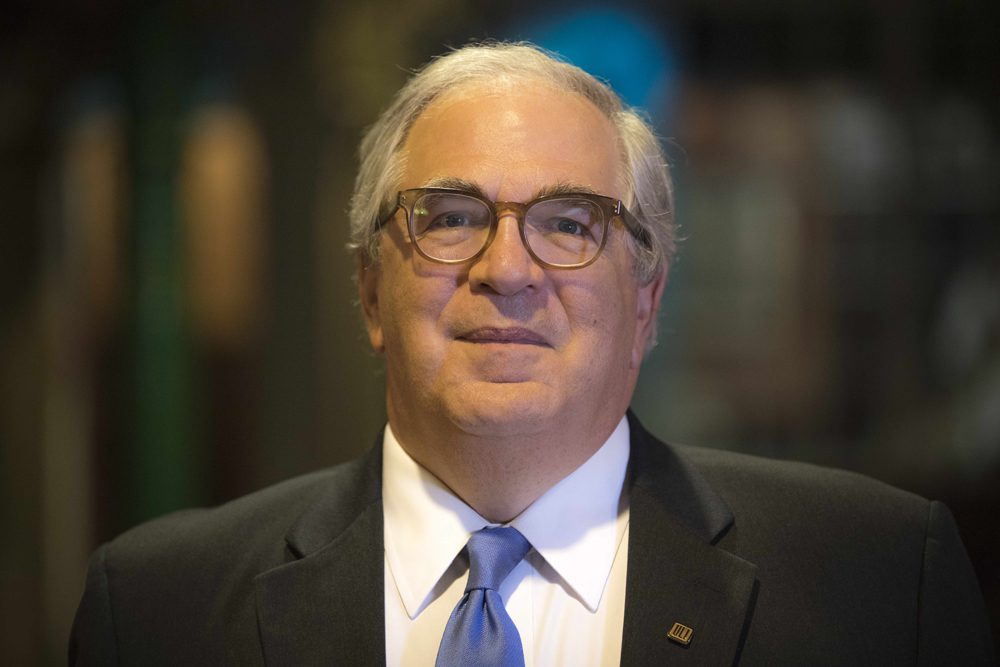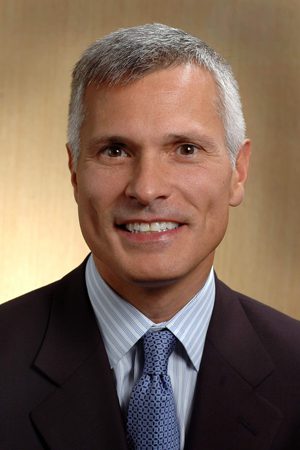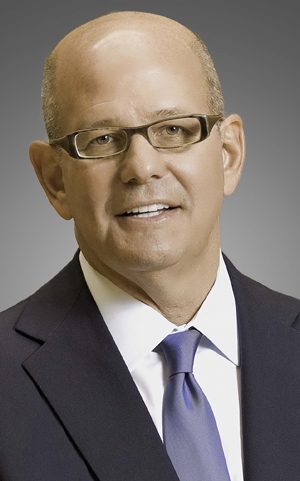 It was a crisis! The holidays were in full bloom when the family received the news of a potentially fatal prognosis due to a rare disease. Although the patriarch looked like the picture of health at 68, he had been having some unusual symptoms that sent him to his doctor. Within weeks, he was diagnosed and given months to live. It was a total shock to everyone and a scramble of “what to do” ensued.
It was a crisis! The holidays were in full bloom when the family received the news of a potentially fatal prognosis due to a rare disease. Although the patriarch looked like the picture of health at 68, he had been having some unusual symptoms that sent him to his doctor. Within weeks, he was diagnosed and given months to live. It was a total shock to everyone and a scramble of “what to do” ensued.
Unfortunately, Senior’s affairs weren’t in order and he was the financial strength of the family business that employed eight family members each the main breadwinner for their household. Senior did Estate Planning, but it was old and stale – done ten years ago and never updated. The family was concerned about the fallout for the business, the family and the connection between the two.
Illness, disability, and death are difficult in any situation. However, when they are imposed on a family business the consequences become exponential. Consider what it must be like to deal with a failing or dying loved one while simultaneously losing your source of income, along with other family members’ employment and doubling down on the risk of “losing everything” as personal guarantees are often the norm for all key stakeholders.
We will come back to this, but before we do, let’s expand the scope. It doesn’t matter where the crisis comes from – whether it’s the health of a key stakeholder, a natural disaster, or a market catastrophe. The impending problems remain similar and the need for thought beforehand is the best practice required.
Consider these situations:
- What if you lose some key human capital – exec, owner, manager?
- Assume a disaster – fire, flood, tornado – and your physical facility is damaged or destroyed.
- Suppose a cyber-attack, data breach, or IT meltdown took out your information/operating system.
- Presume an infrastructure structure failure (like August 14, 2003) preventing business operation for a prolonged period?
The situations that can have a disastrous affect on your business are endless. You should establish a process to assess the risk.
First, evaluate the most likely risks. Risk management is a key factor in good business practice. Sometimes it can be as easy as daily computer backups, or it can be as difficult as developing a comprehensive insurance portfolio. Insurance is certainly a great way to mitigate much of the risk, especially when it comes to hard assets. As you evaluate the risks, keep a keen eye on how the business will continue through the crisis.
While no one wants to be “premium poor,” it also doesn’t make any sense to bring almost enough water to put out the fire! Having a good risk management team is vital. That should include top managers, insurance professionals, and a diversified board. It is the diversified board that should help you decide what, and how much to insure, and when “self-insurance” makes sense. Self-insurance is accepting the risk yourself and being willing to suffer the consequences. The hardest risks to evaluate are those around human capital.
In the case of the family business above, they have fallen short of managing their risks. There is life insurance on the patriarch but is level term insurance and the term is due to lapse soon. The coverage is continuable at extremely elevated premiums, and the death benefit is less than 25 percent of the financial assets it is meant to protect, i.e. the business and personal assets used to collateralize the line of credit. It doesn’t seem like enough water to put out this fire.
Life insurance to mitigate debt obligations is certainly obvious and required by some lenders. Less obvious is “key man” (or woman) coverage. An influx of cash at the death of the rainmaker helps to get by for a while and hire a replacement. It can offer some instant cash to entice that new hire with a signing bonus without damaging cash flow.
But, how do you mitigate that same rainmaker leaving for greener pastures? Limiting their ability to hurt your business in the marketplace is paramount. Non-competes have become more common to protect your business from market loss. Be sure to use competent counsel to draft your non-competes and keep them current with your employees and the courts. You should also be sure your employees understand the agreement because no one wants to wind up in court seeking damages for damage that has already been done and probably irreparable. Burying the non-compete in the employee manual hoping that it will be ignored is counterproductive to the intent.
Legal liabilities and planning are often ignored. In our case above, the attorney used for both business and personal issues closed his practice due to illness a few years back. He has not been replaced, consequently, several legal documents are in dire need of updating. Estate plans need to be overhauled. A Buy/Sell Agreement doesn’t exist, and new shareholders have been added. Consequently, transfers of stock at death, disability, divorce or employment separation have not been addressed. And, there has been no legal oversight of ongoing operations leaving legal liabilities that loom large and carry big risks.
Strategic risks are another business killer. Many companies keep on keepin’ on until they don’t. Border’s Books comes to mind: while the market was going to the Internet, they went to retail music sales with a CD department. Soon after streaming music became the norm. Blockbuster just closed its last store in Texas and is down to six stores in Alaska. Sears/K-Mart has been struggling for decades but has failed to revamp their basic model. “Buggy-whip” is used to describe a type of motion today more than an implement to strike a horse. Keeping current with your strategic planning is a lifeline, ignoring it is a death sentence.
Senior’s prognosis has improved. The family and the business have bought some time to get their house in order. They are doing their best to make the family business continuable by mitigating their risks.
Since the great Chicago Fire of 1891, we have continued to mitigate the damage that can be done by fire. You should look at your family business through that lens – what can you reasonably do today to prevent a catastrophe in the future? Then be sure to have enough water on hand to put out the fire.


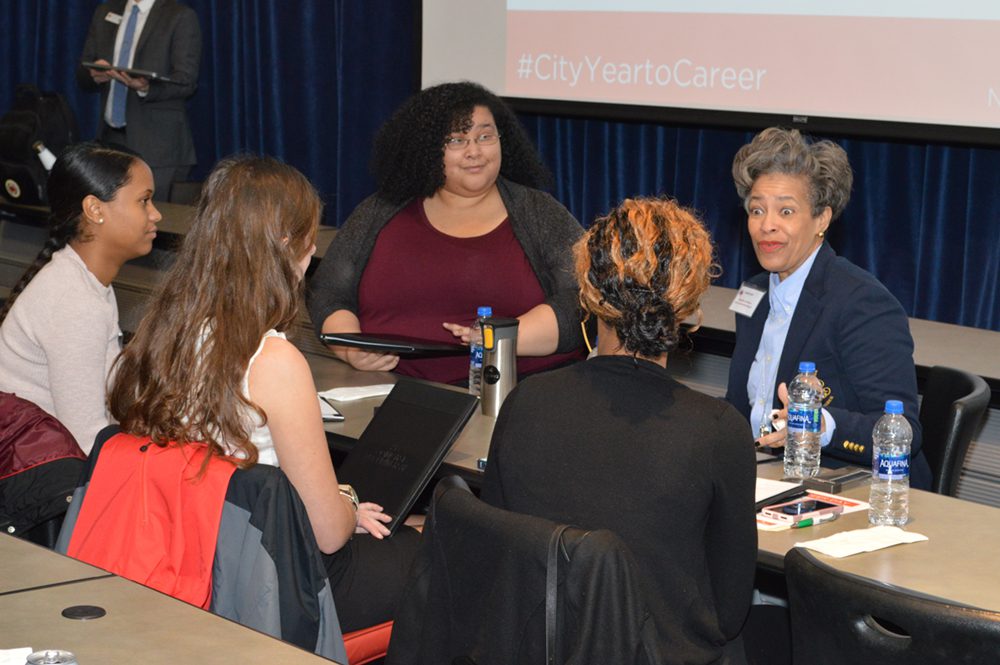


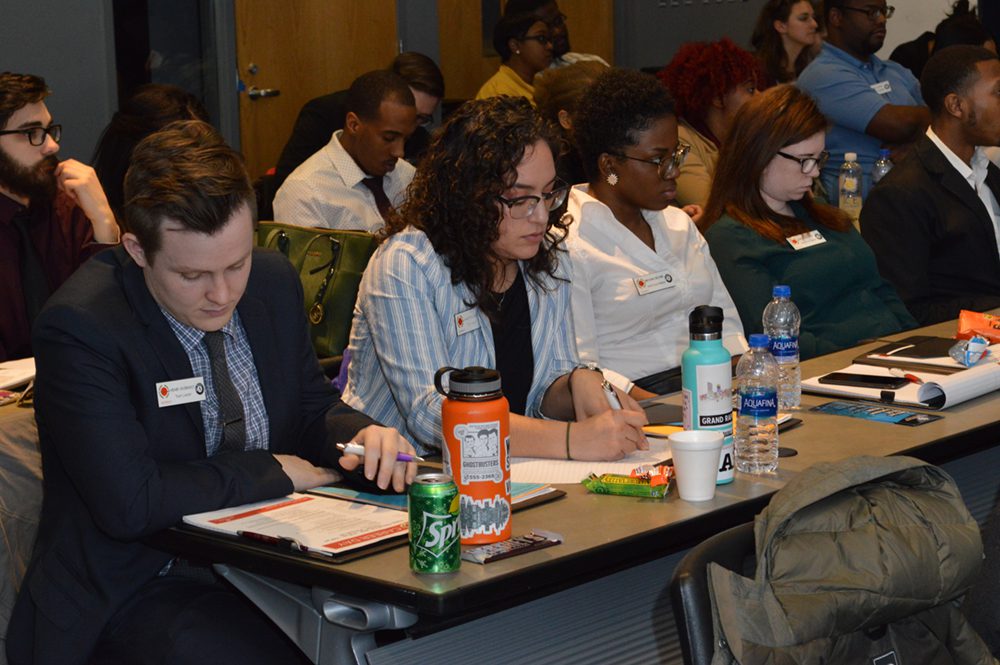









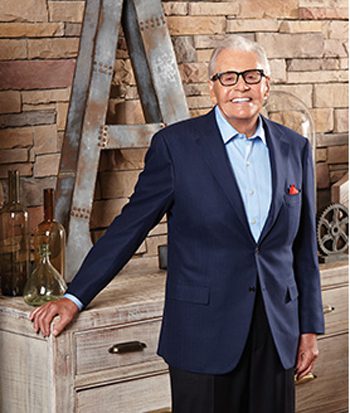
 He was the kind of executive you knew by name. It is likely most people recognized his face as well with his many public appearances, events and activities around Michigan and Metro Detroit in particular. Art Van Elslander was known throughout the Midwest for his philanthropy, furniture stores and big personality.
He was the kind of executive you knew by name. It is likely most people recognized his face as well with his many public appearances, events and activities around Michigan and Metro Detroit in particular. Art Van Elslander was known throughout the Midwest for his philanthropy, furniture stores and big personality.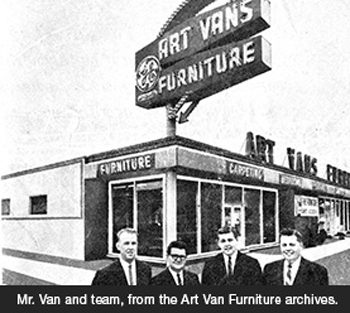 Reaction to Van Elslander’s death highlighted his many local accomplishments.
Reaction to Van Elslander’s death highlighted his many local accomplishments.





 Q: What did you learn from this experience – it is many people’s dream to write a book.
Q: What did you learn from this experience – it is many people’s dream to write a book.







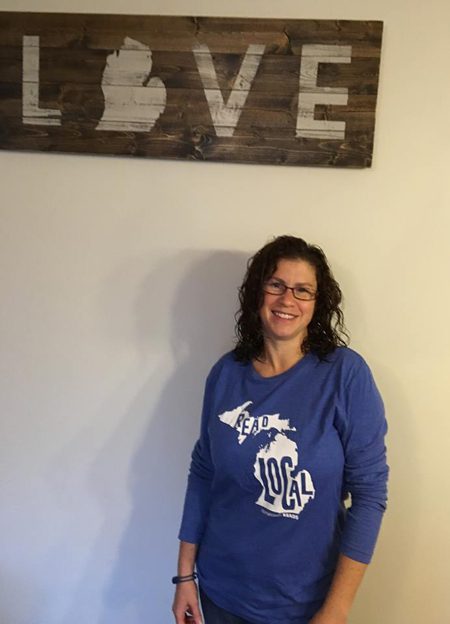


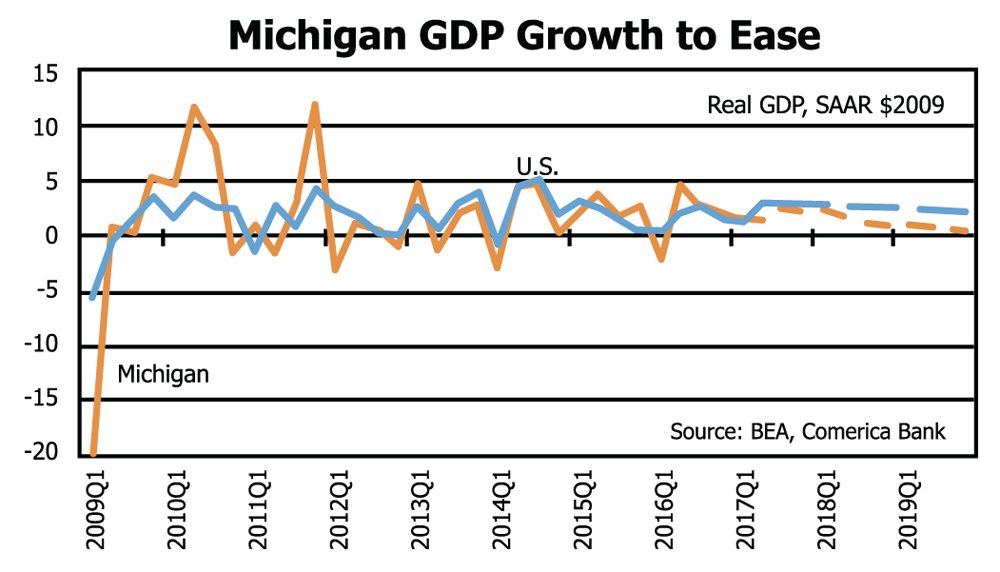
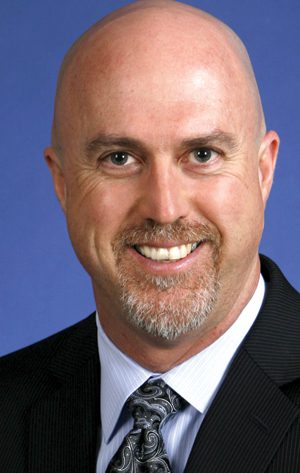

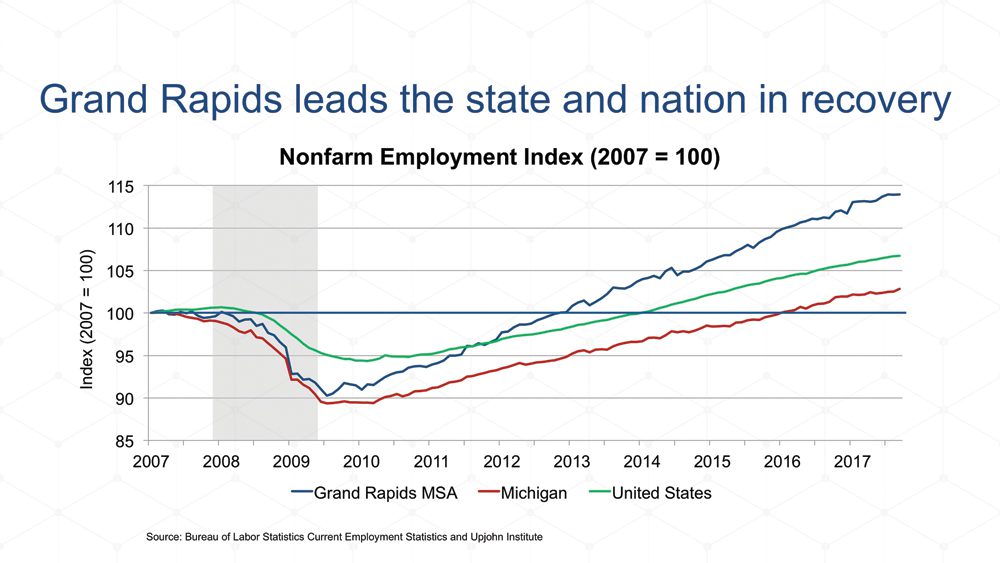
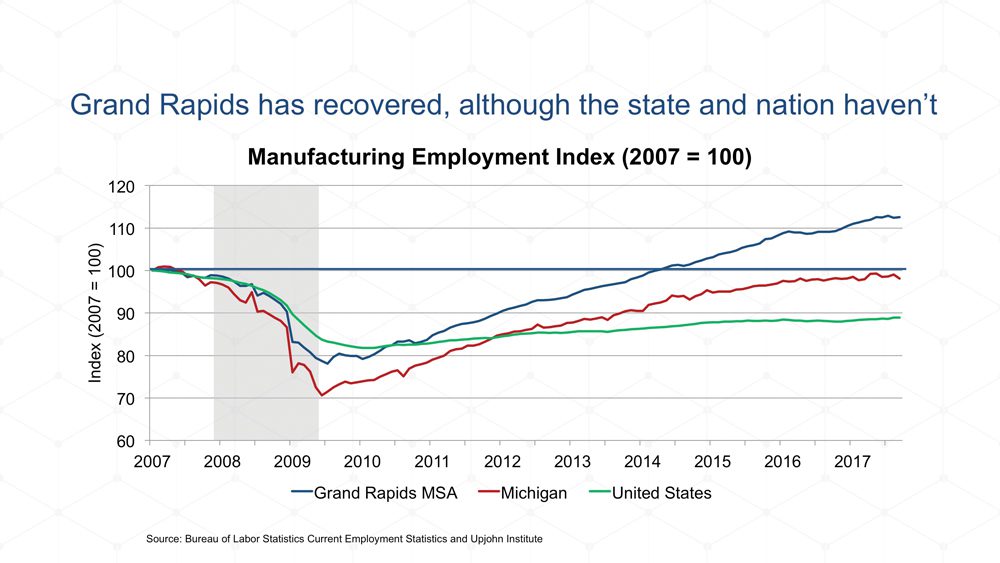
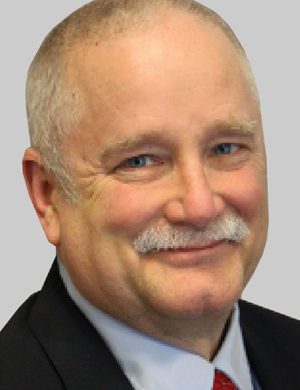


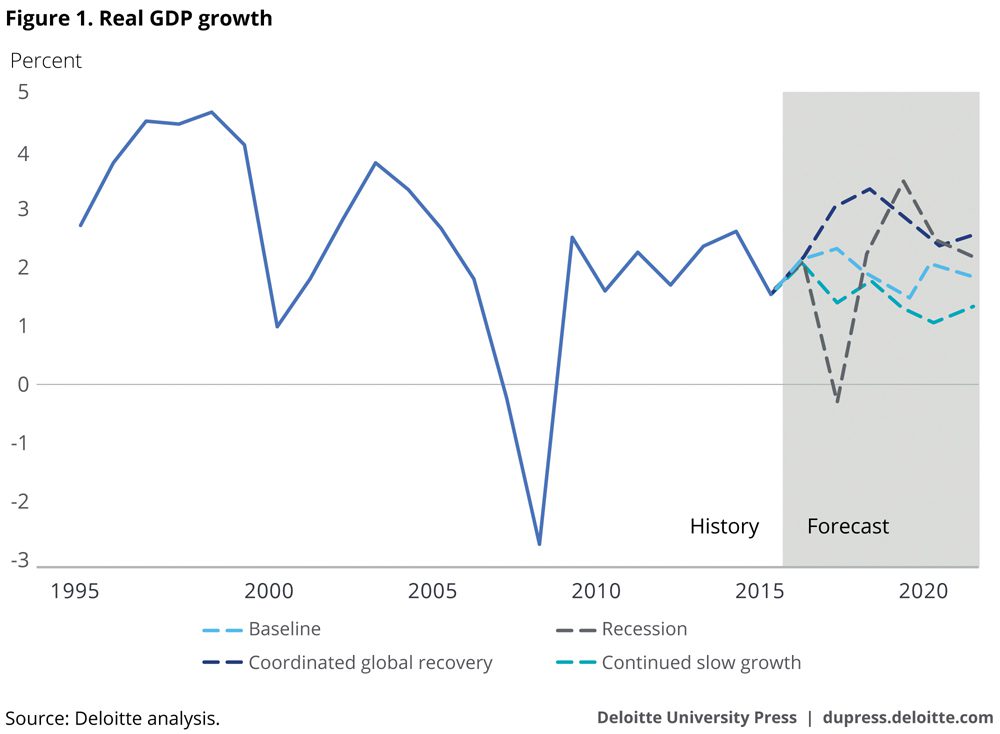


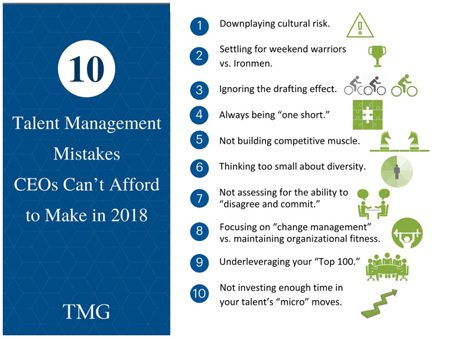 Not building competitive muscle. “As growth slows in both the U.S. and abroad, companies can’t wait for the economy to lift all ships,” says Miles. “They must grab market share from competitors in order to grow. Given that there has been such a focus on cost-cutting over the past decade, to the near exclusion of other priorities, there is only a small subset of executives who are willing to really get scrappy and do what it takes to take share.”
Not building competitive muscle. “As growth slows in both the U.S. and abroad, companies can’t wait for the economy to lift all ships,” says Miles. “They must grab market share from competitors in order to grow. Given that there has been such a focus on cost-cutting over the past decade, to the near exclusion of other priorities, there is only a small subset of executives who are willing to really get scrappy and do what it takes to take share.”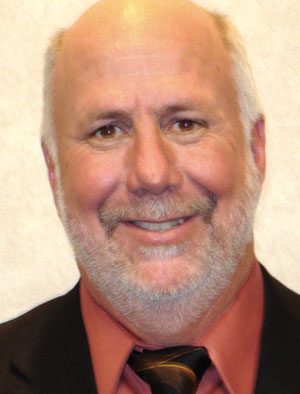



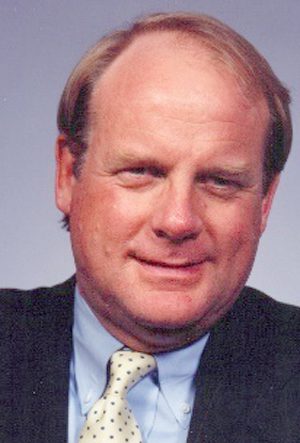

 Rio Summers, like many young women, dreamed of having a career that inspired her, made her work hard toward her goals and brought joy to others.
Rio Summers, like many young women, dreamed of having a career that inspired her, made her work hard toward her goals and brought joy to others.


 Q: What assets do at-home moms have to share with potential employers?
Q: What assets do at-home moms have to share with potential employers?

